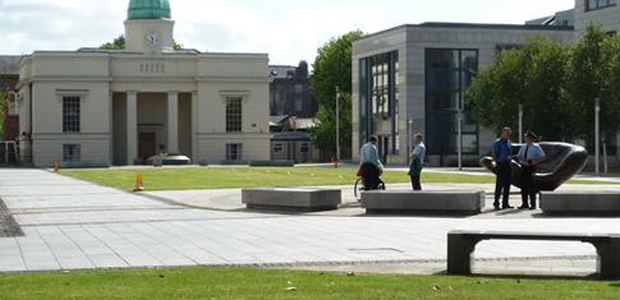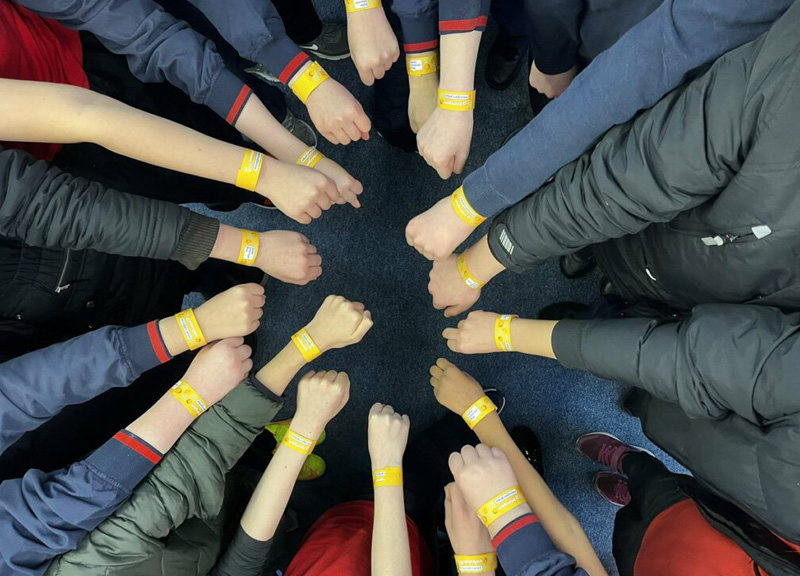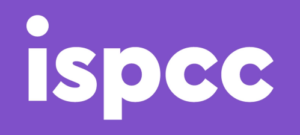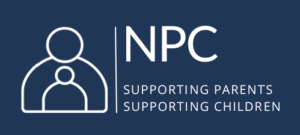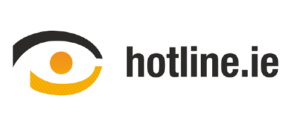Schools, Bullying and Cyberbullying
Bullying and cyberbullying are two sides of the same coin. Both are linked and display many of the same patterns, characteristics and methods. Both have a massive impact, physically and mentally, on victims.
The issue of bullying is a complex one that transcends the school environment.
Education in its wider sense, within the home and the community, is critically important. It is unreasonable to expect that schools will take the sole responsibility for tackling cyberbullying. Parents, service providers and young people themselves all must take protective measures.
Cyberbullying: Different Types of Online Harassment
- PERSONAL INTIMIDATION: This behaviour includes receiving threatening SMS messages, posting abusive and threatening comments on the victim’s profile or other websites, or sending threatening messages via instant messaging
- IMPERSONATION : This behaviour involves setting up fake profiles and web pages that are attributed to the victim and it can also involve gaining access to someone’s profile or instant messaging account and using it to contact others while impersonating the account or profile owner
- EXCLUSION: This can include blocking an individual from a popular group or community such as a school or class group, deleting them from friends lists, and/or using ‘ignore functions’
- PERSONAL HUMILIATION: This behaviour involves posting images or videos intended to embarrass someone, it can involve users sharing and posting images or videos of victims being abused or humiliated offline, or users sharing personal communications such as e-mails or text messages with a wider audience than was intended by the sender
- FALSE REPORTING: This behaviour involves making false reports to the service provider or reporting other users for a range of behaviours with a view to having the user’s account or website deleted
What Makes Cyberbullying Different?
- Communication between young people is often hidden from adults. This is exaggerated online where they are increasingly communicating in ways that are unknown to adults and free from supervision
- When they are online young people can hide behind the anonymity that the internet can provide
- The big difference between writing nasty messages on the back of a school book and posting it on the internet is that the messages can be seen by a very wide audience almost instantly online
- Young people posting messages on the internet tend not to feel as responsible for own their online actions as they do in ‘real life’
- This type of behaviour is often outside of the reach of schools as it can happen outside of school on home computers or via mobile phones
- Young people are often fearful of telling others about being bullied because they fear that the bullying may actually become worse if they tell
- They are often also afraid to report incidents, as they fear that adults will take away their mobile phone, computer and/or internet access
- In most cases, cyberbullies know their targets, but their victims don’t always know their cyberbullies. This can prove very isolating for the victim in school settings where they come to distrust all their peers
- Communications technologies have become ubiquitous. As a result, Cyberbullying can happen any time and any place and for many children, home is no longer a safe haven from bullying
Dealing with Cyberbullying
The prevention of bullying should be an integral part of a written Code of Behaviour and Discipline in all primary and post-primary schools.
These Circular Letters state: “Codes of Behaviour in schools should be considered in the context of the school being a community of which mutual respect, co-operation and natural justice are integral features.”
International research clearly indicates the crucial importance of the existence of a School Policy, which includes specific measures to deal with bullying behaviour within the framework of an overall school Code of Behaviour and Discipline.
It is considered that such a code, properly devised and implemented, can be the most influential measure in countering bullying behaviour in schools.
Prevention
While it is recognised that home factors play a substantial role in the prevention of bullying, the role of the school in preventative work is crucial and should not be underestimated.
School-based initiatives will either reinforce positive efforts or help counteract unsuccessful attempts of parents or guardians to control unacceptable behaviour.
Key Advice for Children:
//:Don’t Reply to messages that harass or annoy you. Even though you may really want to, this is exactly what the sender wants. They want to know that they’ve got you worried and upset. They are trying to mess with your head, don’t give them that pleasure. If you respond with an even nastier message it makes them think that they really got to you, and that’s just what they want. They might even complain about you!
//:Keep the Message: You don’t have to read it, but keep it. If you keep getting messages that upset you, you will need to have evidence in order to get help. Website owners, mobile phone companies and the Gardaí will all look for evidence before they will be able to take any action to help you.
//:Block the Sender: You don’t need to put up with someone harassing you. If you are getting messages that upset you on your Bebo profile or on MSN you can block the person simply by clicking the block button. On some mobile phones you can block a caller’s number. You might need to check the manual or ask an adult to help you do this. Mobile networks usually can’t bar numbers but they will help you to change your phone number. You should be able to do this for free, although the mobile network might want to ask some questions first.
//:Tell Someone you trust Talking to your parents, friends, or someone you trust is usually the first step in dealing with any issue. In the case of school related bullying messages you should also talk to a teacher you trust or guidance counsellor. If you need to speak to someone straight away please call Childline on 1800 66 66 66.
//:Report Problems to the people who can do something about it. You can take control, by not putting up with offensive content by reporting it when you come across it. Responsible websites and mobile phone operators provide ways for their users to report things such as pornography, bullying content, or other offensive material.
Further Steps to Consider
Step 1: Report to the website or Mobile Phone Operator
If something that is intended to be hurtful or offensive to someone is posted on a website or circulated by mobile phone, your first step should be to contact the owners of the service. If this doesn’t have any effect, move on to step 2.
Step 2: Report Serious Issues
Serious incidents that could be illegal should be reported to either the Gardaí or the Hotline.ie. Illegal issues include someone making inappropriate sexual suggestions, racist remarks, or persistent bullying. These incidents can be reported anonymously to http://www.hotline.ie – all reports are taken very seriously and passed on to the Gardaí when appropriate. If you are getting bullied by mobile phone contact your mobile phone operator, they can help by changing your phone number.
For more:
